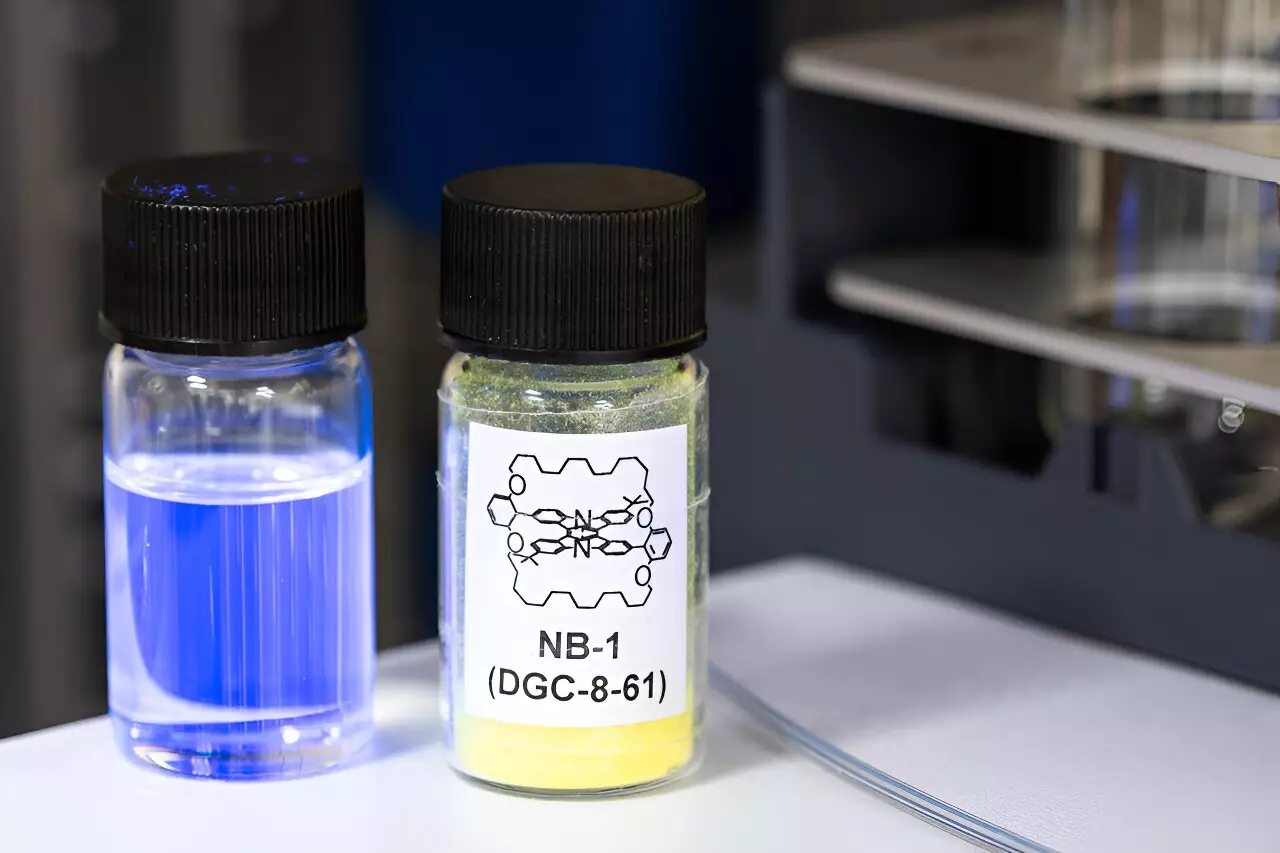The development of high-efficiency blue organic light-emitting diodes (OLEDs) has opened up a new realm of possibilities for the future of television screens. With the potential for longer lifespans and higher definition, OLED technology is poised to revolutionize the viewing experience for consumers around the world.
While OLEDs have already made their way into smartphones and displays due to their efficiency, the issue of high costs and short lifespans has been a hindrance in the widespread adoption of OLED television screens. The subpixels that emit blue light, in particular, have been a weak point in the technology, leading to issues such as screen burn-in and reduced viewing quality.
Researchers from Northumbria, Cambridge, Imperial, and Loughborough universities have come together to address these challenges and pave the way for a new era of OLED displays. By designing a new light-emitting molecule that simplifies the emissive layer of the blue pixel to only two components, the research team has created a solution that maintains high efficiency while reducing costs.
The key to the success of this new design lies in the understanding of the energy transfer process within organic semiconductors. Dr. Marc Etherington, an expert in molecular photophysics, led the spectroscopic analysis of triplet energies to gain insight into how molecules interact and transfer energy. By designing a molecule with added shields to block destructive energy pathways, the research team has unlocked the potential for more efficient OLEDs.
Implications for the Future
With this breakthrough, the possibilities for OLED technology are endless. By driving down energy consumption and improving efficiency, OLED displays can become more sustainable and cost-effective. The impact of this research extends beyond manufacturers to consumers, who will benefit from longer-lasting and higher-quality screens in the information era.
The future of OLED displays is bright, thanks to the innovative work of researchers in the field. By overcoming the challenges of blue OLED technology, the path has been paved for screens that are not only more efficient but also more sustainable. As we look towards a future of net zero targets, the impact of this research on the display industry is sure to be significant.


Leave a Reply